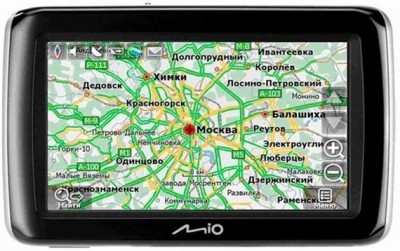
Proshivka Mio S650
Linux 2.6.28 kernel released on 25 December, 2008. Contents • • • • • • • • • • • • • • • • • • • • • • • • • • • • • • • • • • • • • • • • • • 1. Prominent features (the cool stuff) 1.1. Ext4 The backwards-compatible replacement of Ext3 has been declared as stable. Bigger filesystem/file sizes, extents, delayed allocation, multiblock allocation, improved block allocation algoritms, faster fsck, online defragmentation and faster and more robust journaling are the main features of this filesystem. A separate article has been written about Ext4: 1.2.
Nine-one-one, I feel like I'm to the edge now but they can't help me, my heart's done cause she to be now Never been so weak, I feel like I'm down to my last breath I got to live for you up and left Listen I can't live, I won't if you don't come back tonight I need your kiss to keep me alive Girl, my heart's too to die Critical, baby that's my condition Do you hear me now? 
Aug 14, 2018 - Lenovo Device Name, VMware HCL Model Name, VMware HCL Device Type, Lenovo Part Number, Lenovo Feature Code, 4-part PCIe ID.
The GEM Memory Manager for GPU memory Recommended article: A description of all the parts involved in the new graphics stack: Recommended articles about GEM: and In the last decade graphics hardware has evolved at an astounding pace, and it's expected to improve even more in the future. Modern GPUs have a lot of processing power -more than the most powerful CPU in some specialized workloads- that traditionally has only been used by specialized applications using opengl/directx, like games and 3D design apps; the 2D desktop implementations that are commonly found in computers kept using this modern graphic hardware in the same way they used the old graphics hardware which started the 'desktop revolution' in the 80-90's, ie. There's a lot of GPU power that don't get used unless you run a game. On the other hand, the Linux/FOSS graphic stack is far from perfect, even for the traditional graphic stack design. To start with, there're several drivers fighting to access the same resource (the graphics card): The fb-based console, the in-kernel DRM driver, the X.org userspace 2D driver.this situation leads to all class of problems and artifacts and suboptimal performance.
Portal d market klyuchi nod 32 bit. Portal.d-market.com.ua receives about 100% of its total traffic. It was owned by several entities, from D-Market to frh-n8ll7ichehqw, it was hosted by Fortune Science and Production Company and Scientific Production Enterprise 'Fortuna'. Portal.d-market has a decent Google pagerank and bad results in terms of Yandex topical citation index. Over the time it has been ranked as high as 167 023 in the world, while most of its traffic comes from Ukraine, where it reached as high as 4 482 position. While was its first registrar, now it is moved to PE 'Freehost'.
There has been a lot of work in the latest years to modernize the Linux graphics stack so that it's both well designed and also ready to use the full power of modern and future GPUs. In 2.6.28, Linux is adding one of the most important pieces of the stack: A memory manager for the GPU memory, called GEM ('Graphic Execution Manager'). The purpose is to have a central manager for buffer object placement, caching, mapping and synchronization. It speeds up some benchmarks. On top of GEM are being built a lot of improvementes to the graphic stack: Kernel Modesetting,, UXA (a EXA implementation based in GEM). The Linux/FOSS graphics stack will be finally unified and optimally coupled. All this new code has been delayed for a long time, because there was a competing memory manager, called TTM, which was almost merged in the kernel in 2.6.24 or so, until the Intel people came up with the first versions of the GEM memory manager.

People decided it was better than TTM, and it was considered neccesary to delay the merge to stabilize GEM and rewrite the other features to work with GEM, not TTM. Hence, this first version of GEM works only with the i915 driver, and support on the X.org side is implemented only in the version 2.5.0 of the driver. Preliminary GEM support for other drivers is already in development and will be merged in future releases.
Support for 'Ultra Wide Band' (UWB), Wireless USB and UWB-IP 'Ultra Wide Band' (UWB) is a high-bandwidth, low-power, point-to-point radio technology using a wide spectrum (3.1-10.6GHz). It is optimized for in-room use (480Mbps at 2 meters, 110Mbps at 10m). It serves as the transport layer for other protocols, such as Wireless USB, WiMedia Link Protocol (Ethernet/IP over UWB) and, in the future, Bluetooth and 1394. Linux 2.6.28 adds code to implement a Ultra Wide Band stack, as well as drivers for the the USB based UWB radio controllers defined in the Wireless USB 1.0 specification (including Wireless USB host controller and an Intel WiNET controller). UWB:,,,,,,,,,,,,,, WLP:,,,, WUSB:,,,,,,,, 1.4. Memory management Scalability improvements Improvements to the page replacement algorithm Recommended LWN article: Systems with a lot of memory have lots (millions) of pages. When the replacement algorithm has to search candidate pages to be swapped, it has to search between all the pages, and in big systems this can take too much time.